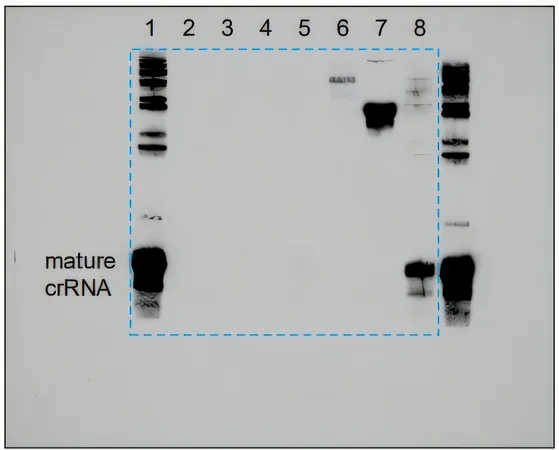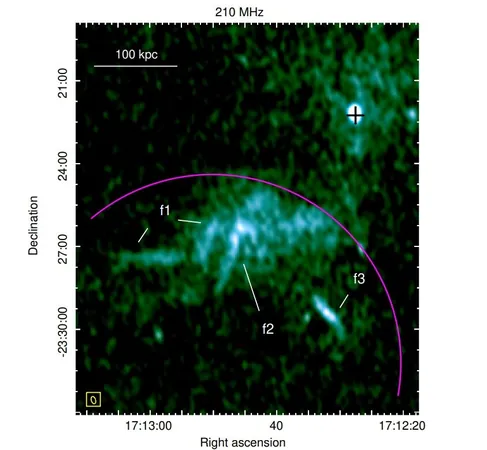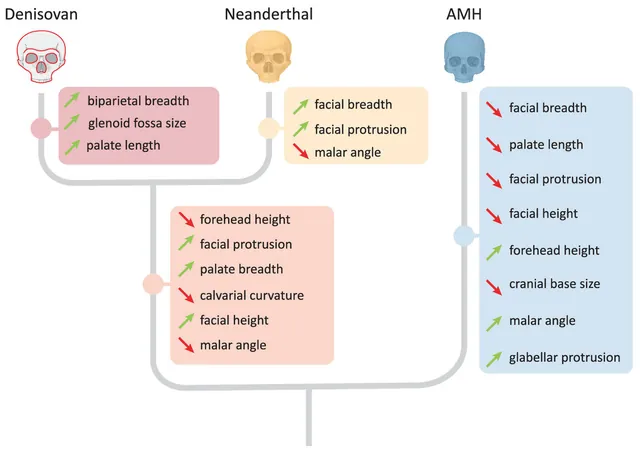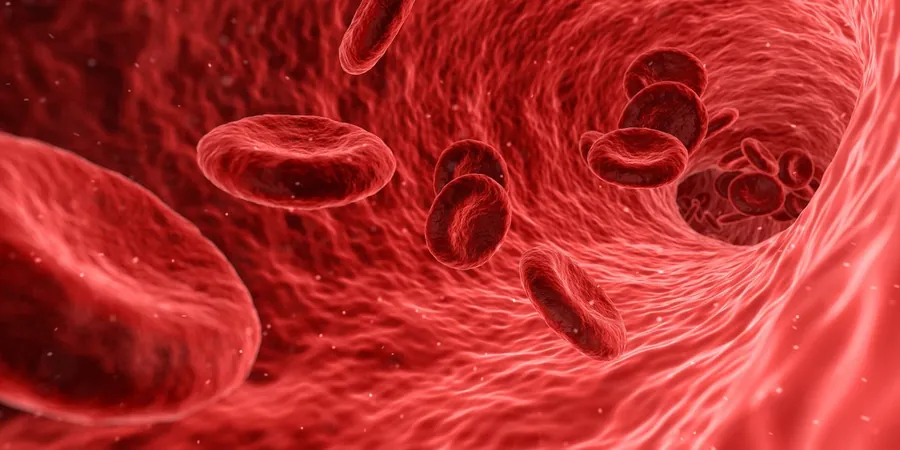
Revolutionary CRISPR Discovery: Cas9's Hidden Role as a Bacterial Guardian!
2025-09-04
Author: Amelia
In a mind-blowing revelation from the world of genetics, scientists have uncovered that the Cas9 protein — famous for its role in the CRISPR gene-editing toolkit — also plays an unexpected part as a guardian of bacterial immunity against viral attacks.
Initially discovered in the early 2000s, CRISPR is a natural defense mechanism that allows bacteria to "remember" past viral invasions. By storing snippets of invasive DNA known as spacers, bacteria can prepare for future assaults, turning their own genetic material into a weapon against phages, the viruses that threaten them.
Cas9: More Than Just a Cutter?
While Cas9 is widely celebrated for its ability to cut DNA with precision, researchers from the University of Michigan, led by Dr. Yan Zhang, have delved deeper into the mechanisms behind how bacteria form new immune memories. Their groundbreaking study, published in the prestigious journal Nature, reveals that Cas9 is not just an inert entity when detached from its RNA companions.
Unlocking the Mystery of Memory Formation
Previously, it was primarily the Type II-A CRISPR-Cas9 systems that held researchers’ attention, especially those targeting bacteria like Streptococcus pyogenes. However, the Type II-C systems, which represent over 40% of the Cas9 family, remained largely mysterious. To shed light on this, Zhang's team explored how the bacteria Neisseria meningitidis could form these vital memories under laboratory conditions.
The researchers were astonished to discover that when they deleted RNA components necessary for memory formation, the acquisition of new spacers accelerated dramatically. This counters the long-held belief that these RNA partners were indispensable for Cas9's function. Instead, they found that the "empty" form of Cas9 might actually enhance memory formation in the absence of these RNAs.
Dynamic Memory Mechanism Revealed!
This revelation shifts our understanding of Cas9, suggesting it monitors RNA levels in the bacterial cell. When CRISPR RNA is scarce—indicating a lack of memories—apoCas9 can spring into action, ramping up the acquisition of new spacers to safeguard the bacterium.
The Multiple Lives of CRISPR!
The team identified three scenarios where bacteria might have short CRISPR arrays: during their earliest evolutionary stages, when immune memories are purged to acquire beneficial traits, or during DNA swapping events that erase old memories. This study not only broadens the understanding of Cas9's functions but also introduces a fascinating perspective on how bacteria maintain their immune records.
Implications for the Future
With implications that could reshape CRISPR technology for gene therapy and molecular recording, this dynamic feedback loop offers exciting possibilities for both research and medicine. As we uncover more secrets of the bacterial immune system, we might just be stepping into a new era of genetic innovation!









 Brasil (PT)
Brasil (PT)
 Canada (EN)
Canada (EN)
 Chile (ES)
Chile (ES)
 Česko (CS)
Česko (CS)
 대한민국 (KO)
대한민국 (KO)
 España (ES)
España (ES)
 France (FR)
France (FR)
 Hong Kong (EN)
Hong Kong (EN)
 Italia (IT)
Italia (IT)
 日本 (JA)
日本 (JA)
 Magyarország (HU)
Magyarország (HU)
 Norge (NO)
Norge (NO)
 Polska (PL)
Polska (PL)
 Schweiz (DE)
Schweiz (DE)
 Singapore (EN)
Singapore (EN)
 Sverige (SV)
Sverige (SV)
 Suomi (FI)
Suomi (FI)
 Türkiye (TR)
Türkiye (TR)
 الإمارات العربية المتحدة (AR)
الإمارات العربية المتحدة (AR)